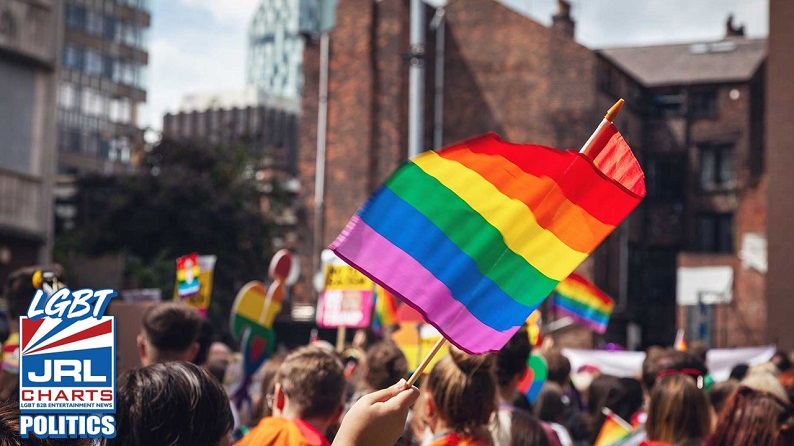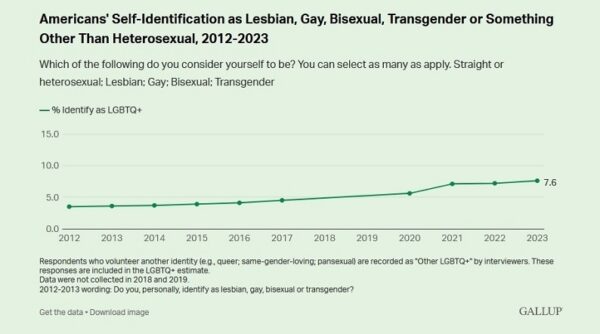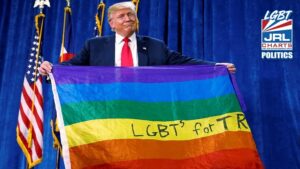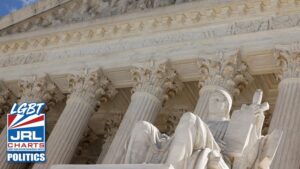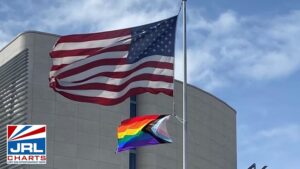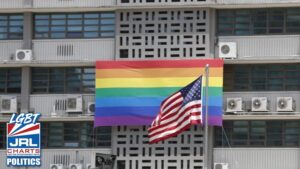WASHINGTON, D.C.— (03-13-24) — LGBTQ+ identification in the U.S.A grew from 5.6% to 7.6% among adults now identifying as lesbian, gay, bisexual, transgender, queer or some other sexual orientation besides heterosexual, according to Gallup.
The current figure is up from 5.6% four years ago and 3.5% in 2012, Gallup’s first year of measuring sexual orientation and transgender identity.
These results are based on aggregated data from 2023 Gallup telephone surveys, encompassing interviews with more than 12,000 Americans aged 18 and older. In each survey, Gallup asks respondents whether they identify as heterosexual, lesbian, gay, bisexual, transgender or something else. Overall, 85.6% say they are straight or heterosexual, 7.6% identify with one or more LGBTQ+ groups, and 6.8% decline to respond.
Bisexual adults make up the largest proportion of the LGBTQ+ population — 4.4% of U.S. adults and 57.3% of LGBTQ+ adults say they are bisexual. Gay and lesbian are the next-most-common identities, each representing slightly over 1% of U.S. adults and roughly one in six LGBTQ+ adults. Slightly less than 1% of U.S. adults and about one in eight LGBTQ+ adults are transgender. The most commonly volunteered LGBTQ+ identities are pansexual and asexual, mentioned by less than 2% of LGBTQ+ adults each.
LGBTQ+ Growth Tied to Higher Identification Among Younger Adults
Increases in LGBTQ+ identification in recent years have occurred as members of Generation Z and the millennial generation have entered adulthood. Adults in these younger generations are far more likely than those in older generations to identify as LGBTQ+.
Overall, each younger generation is about twice as likely as the generation that preceded it to identify as LGBTQ+. More than one in five Gen Z adults, ranging in age from 18 to 26 in 2023, identify as LGBTQ+, as do nearly one in 10 millennials (aged 27 to 42). The percentage drops to less than 5% of Generation X, 2% of baby boomers and 1% of the Silent Generation.
The percentage of U.S. adults who consider themselves something other than heterosexual has more than doubled since Gallup first asked about sexual orientation and transgender identity in 2012. These changes have been led by younger Americans, with about one in 10 millennials and one in five Gen Z adults having an LGBTQ+ status. The generational differences and trends point to higher rates of LGBTQ+ identification, nationally, in the future. If current trends continue, it is likely that the proportion of LGBTQ+ identifiers will exceed 10% of U.S. adults at some point within the next three decades.
Review Gallup’s Results by visiting https://news.gallup.com/poll/611864/lgbtq-identification.aspx
Article by: Paul Goldberg, Staff Writer
Follow @JRLCHARTS Daily on X
- Sir Peter Inks Massive Contract with Falcon|NakedSword - April 26, 2024
- ATLAS Sci-Fi Thriller starring Jennifer Lopez First Look - April 26, 2024
- Gay Conservatives believe Trump can win Half of LGBT Vote - April 26, 2024

